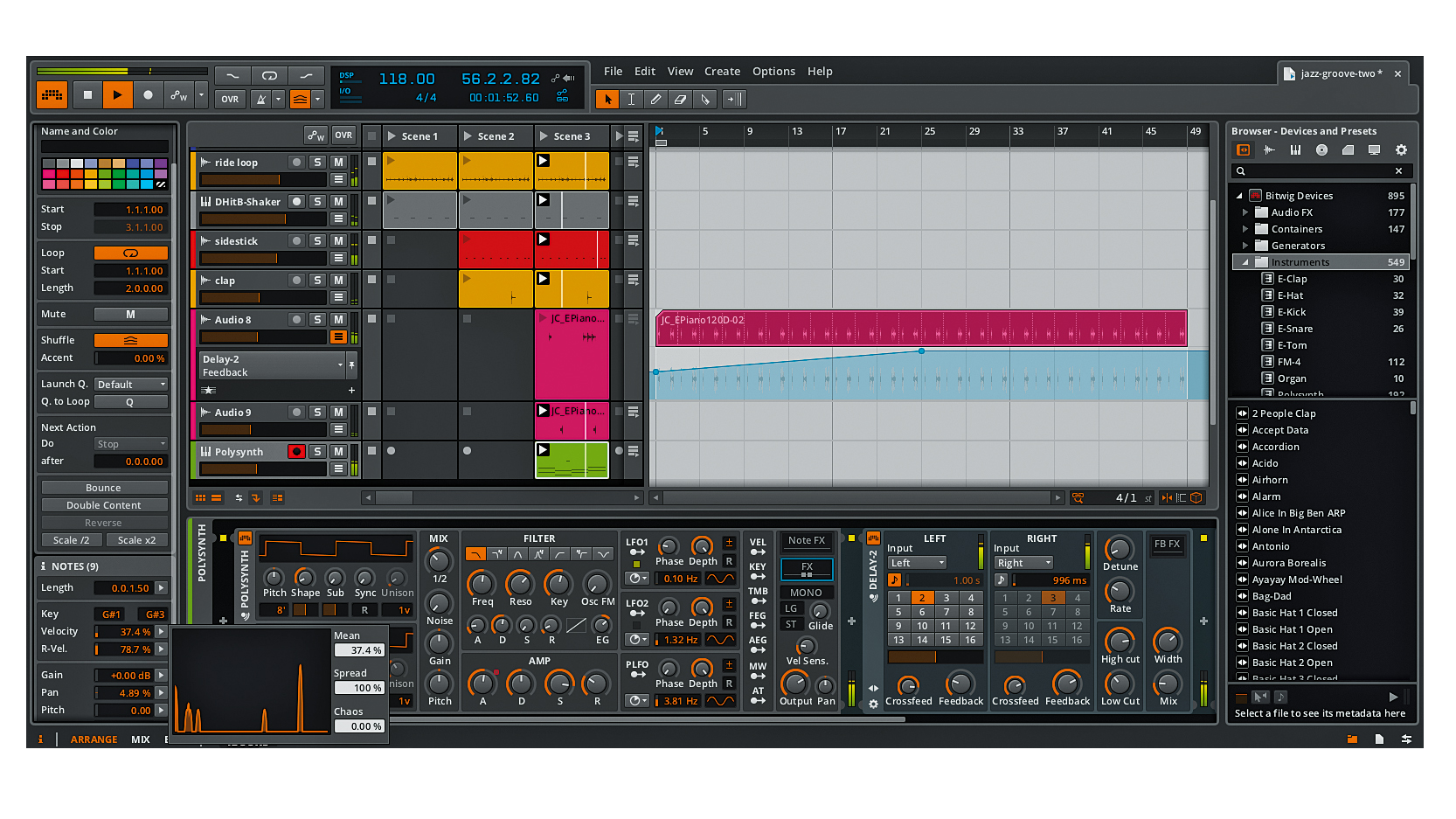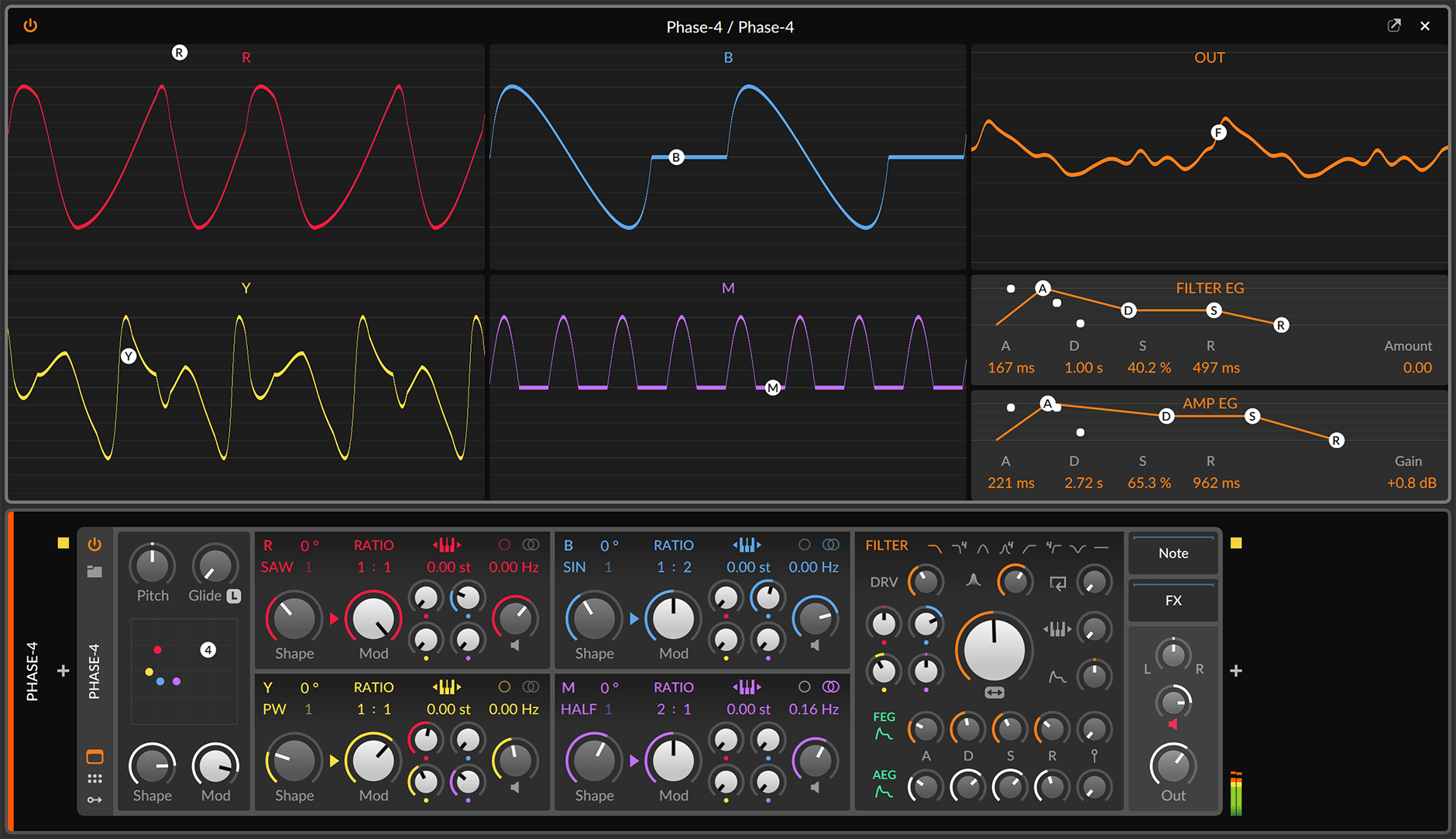In one of my previous entries, I mentioned that I have a hard time getting better than proficient at something:
one of my bigger shortcomings -- at least in my eyes ( and if you think there are other, bigger ones, please keep it to yourself, thank you very much) -- is my lack of digging deeper and really getting to know how to work with, and learn what it is I'm tinkering with. So lately I've been trying to focus on just one Digital Audio Workstation (DAW). I've been working with Bitwig, because it's still fairly new (v3.0.3 as of this writing), and somewhere down the road I'd like to be someone other people turn to to learn this software. Then I can brag about how I've been using Bitwig since v1.0. I even have the badge to prove it. A bit childish and maybe narcissistic, sure... but it's the small things.
Like any piece of creative software, whether it be Affinity's Photo or Designer, Scrivener, or Ableton Live (Bitwig's main competitor in the DAW field), they're all easy enough to do something basic up front, but the real power comes from digging deeper, and learning the ins-and-outs of the software. And of course, the more one digs, the more complicated the software can become. Bitwig is no different, so I've been trying to break it down into smaller bits, making the knowledge easier to digest. The smaller bits also help with trying to keep focus, an issue I'm constantly struggling with.
I'm not, however, taking a very practical approach. It would make sense to start at a high level, learning the basic interface to an expert level. I know the basics well enough to feel comfortable working through the project.

So yeah, that looks complicated and crazy, but I feel comfortable enough with it that I don't need to focus on it. Instead, I've chosen to start my deep dive with one of the synths that Bitwig provides. Phase-4 is a four oscillator, phase-manipulation synth. Each oscillator is identical in purpose, and differentiated by color: red, blue, yellow, and magenta (why they just didn't call it purple...). The four oscillators are fed into a global filter area, and there's also a global area to the left of the filters that house the pitch, glide, shape and mod.

Breaking it down to just the one of the oscillators, the primary control for each is the Shape knob, which affects the overall amount of phase distortion applied. Right above the Shape knob is a menu which you can click and drag to change the oscillator setting. These will be familiar settings, with Sine, Saw, Pulse Width, etc. This changes the algorithm for the phase distortion.
As an aside, there's a great video from Dave Linnenbank that talks about Phase Synthesis. In the video he's using Bitwig, but the principles apply to other DAWs and even analog synths. Watch it if you're at all confused about this particular form of synthesis. I certainly was/am/will be.
The Mod knob (heh) next to the Shape knob sets the maximum amount of phase modulation allowed from any source. And the four smaller knobs to the right of the Mod are setting the individual levels of modulation, each associated with their oscillator based on their color.
Now multiply that all by four. Four oscillators each with four ways to modulate the other oscillators and you have a tool for creating some very rich sounds. There's much more to say about the Phase-4 synth, and I've barely scratched the surface. I'm hoping to play with this more in the future, and update this post (or even create a new one) with some examples of the sort of sounds you can create using the Phase-4 Synth.
